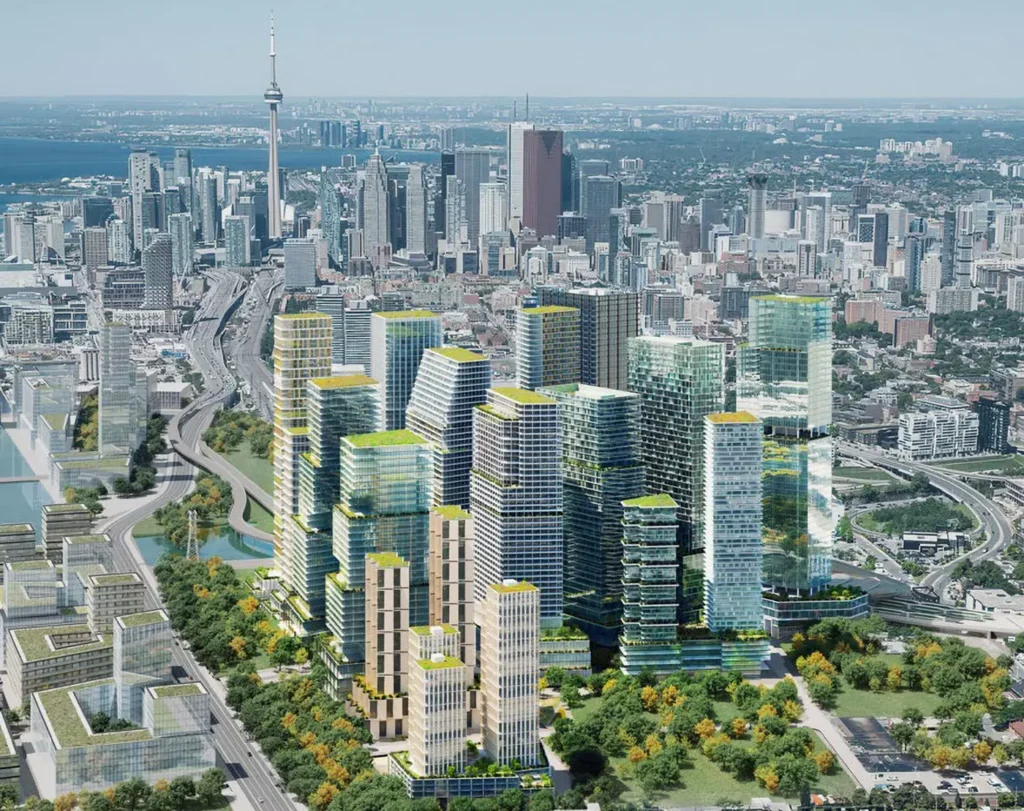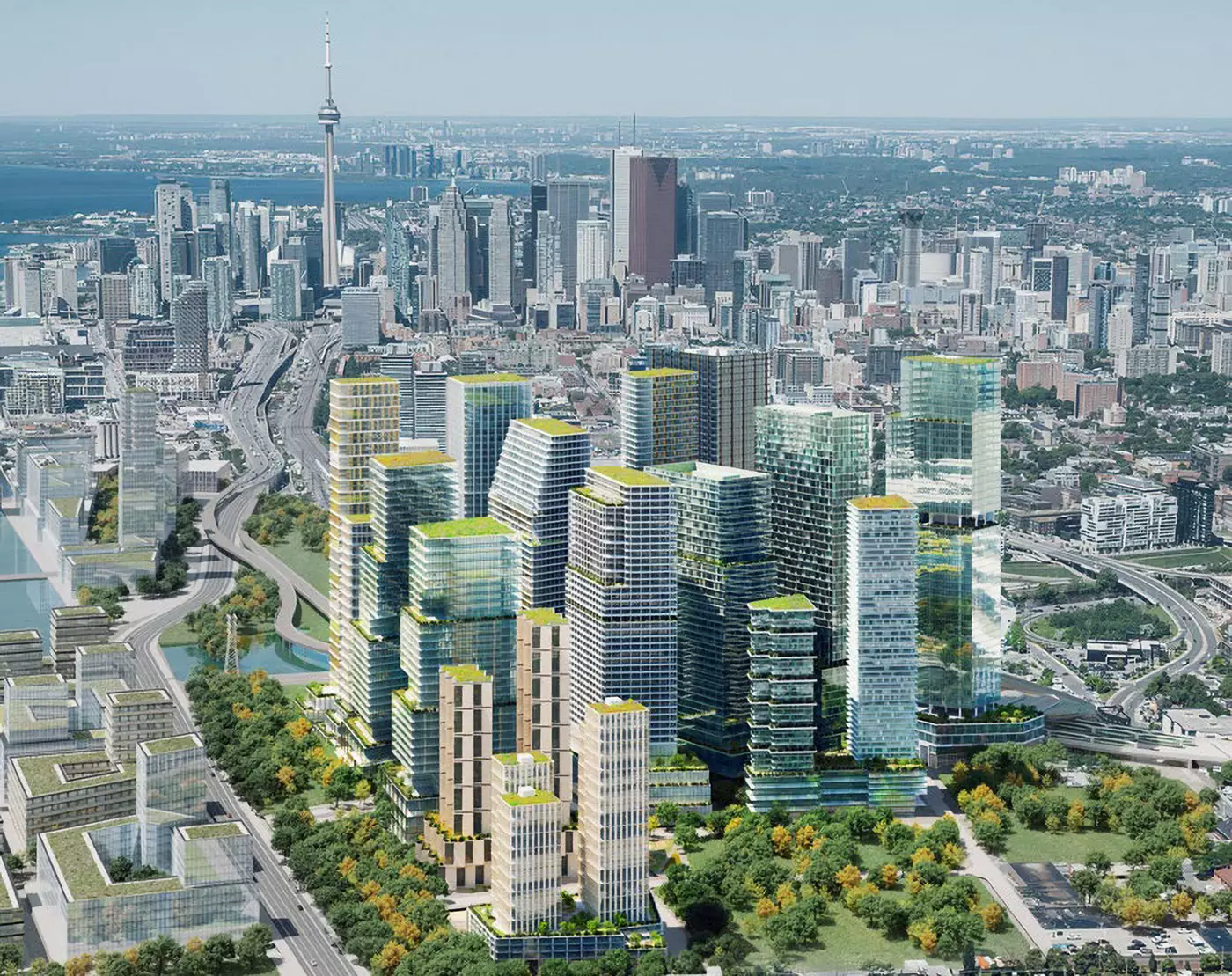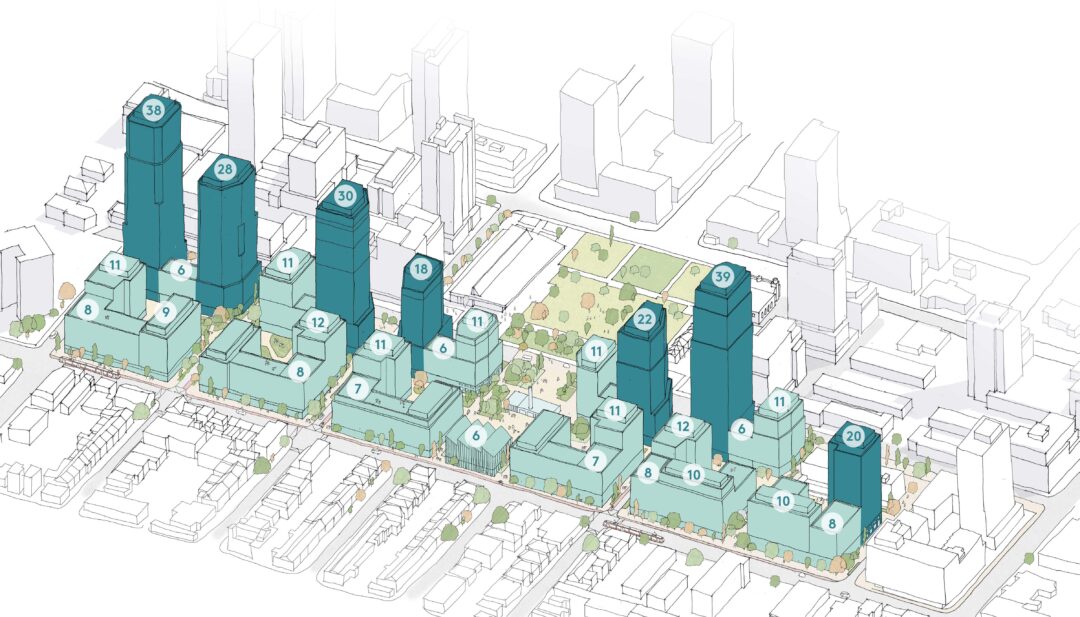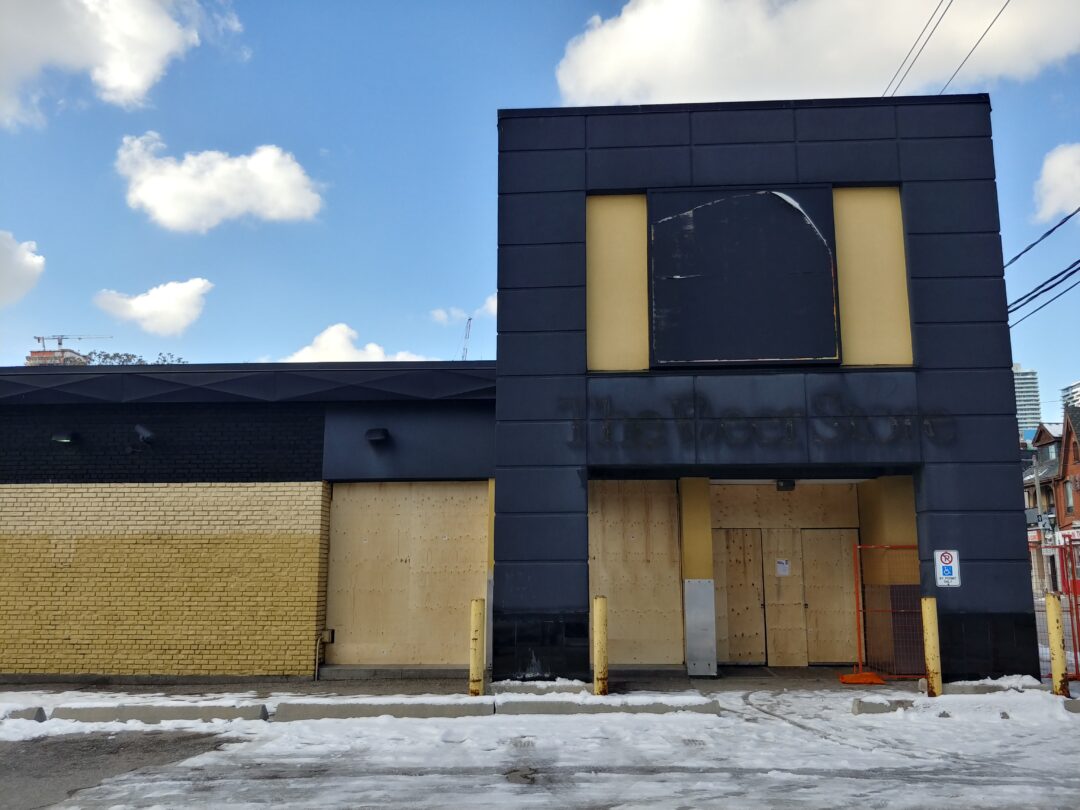By David Sisam –
Mississauga has long been viewed as a prime example of what not to do in urban planning – sprawl dictated by large development firms. Even the late Mayor Hazel McCallion, once known as the ‘queen of sprawl,’ toward the end of her term expressed regret regarding transit and built form. “You can’t build a public transit system based on single-family (detached) homes. You need density.”
However, things have been changing in Mississauga, and nowhere is this more evident than in the master plan proposal for Lakeview Village, just west of Toronto. Sasaki Associates of Boston evolved the plan from a community grassroots process begun more than a decade ago. The City of Mississauga is partnering on it with Lakeview Community Partners Ltd., a consortium of developers.
Once occupied by a major coal power plant, the 177-acre site stretches from Lakeshore Boulevard on the north to Lake Ontario. The proposed master plan is organized around mass transit and advocates for a mixed-use community, accommodating 167,225 m2 of office space, 8000 residential units, retail space, an innovation district, a school and a 50-acre park network.
The design is anchored by a central north-south linear park connecting with an east-west park that provides the missing link in the 3000 kilometer Waterfront Trail. The development is to contain an array of mid-rise perimeter block buildings and high-rises, all oriented to Lake Ontario. The strength of the master plan is its walkable pubic realm of well-scaled streets and parks amid a mixture of uses and building types. One criticism: the overall density could be increased without adverse effects.
In the City of Toronto, the initial master plan for East Harbour, perched atop the Portlands just east of the Don Valley Parkway, envisioned a district with office space, along with retail, institutional, entertainment and cultural space.
The First Gulf plan had an assortment of buildings, with the greatest heights near Metrolinx’s planned transportation hub at Eastern Avenue and diminishing toward the Portlands to the south and neighborhoods to the east. The tall buildings had street-related bases and the Unilever soap factory was to be retained and reused, recognizing the area’s previous industrial character. The proposal had a rich public realm and a porosity that allowed views to the city’s downtown. However, the city classified these lands for employment, prohibiting residential use. So much for the notion of complete communities and neighborhood vibrancy, especially when so much work is now done from home.
Cadillac Fairview purchased the site from First Gulf in 2019. In April 2022 the provincial government issued a Municipal Zoning Order (MZO) in support of building a Transit Oriented Community (TOC) at the East Harbour site. This MZO led to the addition of 302,000 m2 (approximately 4,300 residential units, only 205 of them affordable) to the 926,000 m2 of employment development previously approved for the site. In and of itself this was a positive initiative. However, instead of reconsidering the overall density of the site, the developer has simply added the housing area to an already dense development. This results in a cluster of towers with no variety of building typologies and the unnecessary demolition of the Unilever factory. The development of the 38 acre site is currently going through city approval processes for its first buildings.

When land is so valuable ($700 million), towers are inevitable but need accompanying lower built form to create streetscapes that integrate with and extend the surrounding urban fabric.In New York City, Rockefeller Center is an exemplar of urban form with its significant density accommodated in a variety of building typologies, defining a rich public realm. But the Cadillac Fairview project seems inspired more by New York’s Hudson Yards, a series of individual towers where the public realm between buildings is residual and uninspiring.
Perhaps the City of Toronto, the developers and their consultants might look west to the Mississauga waterfront for inspiration.
David Sisam is principal emeritus of Montgomery Sisam Architects and a former member of the City of Toronto Design Review Pane




